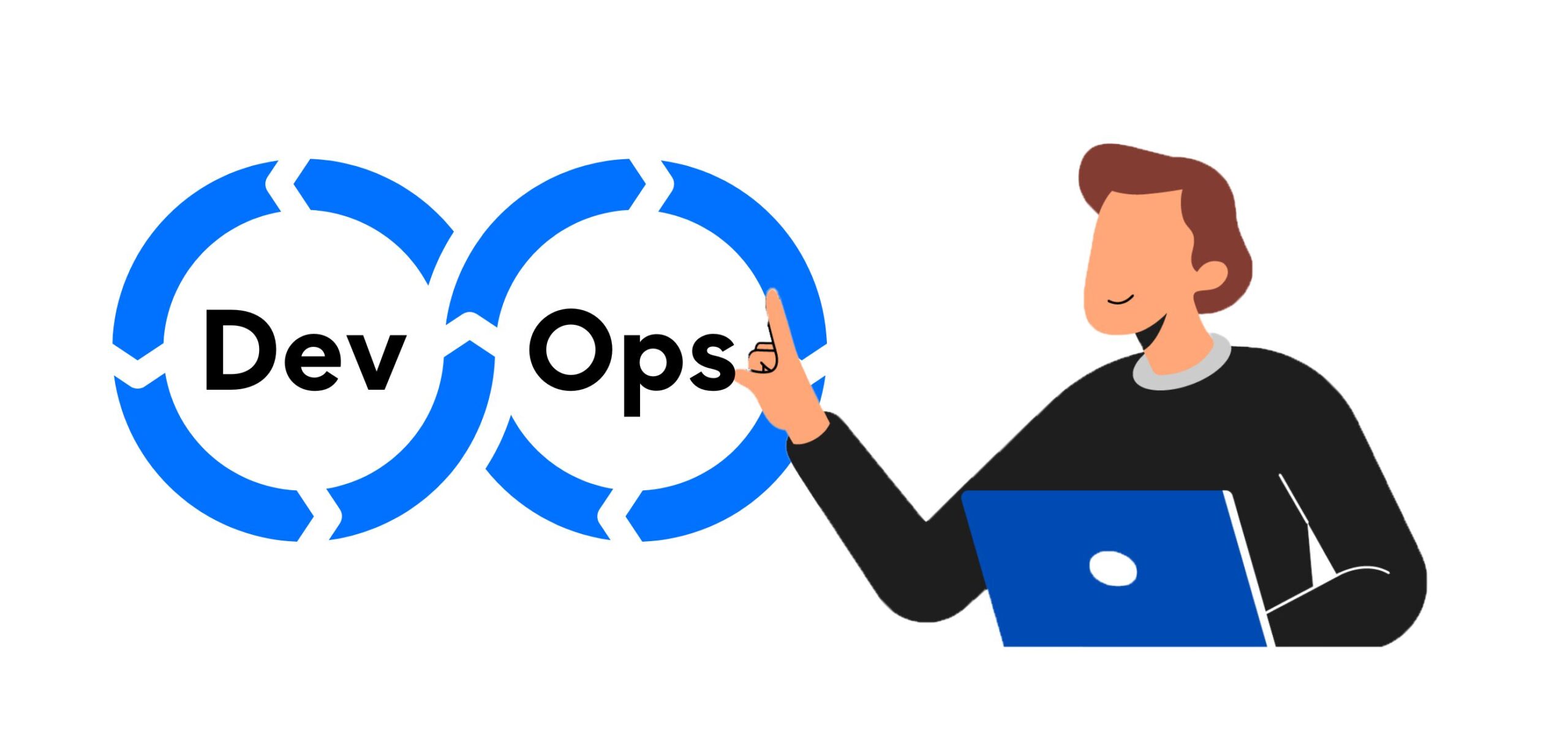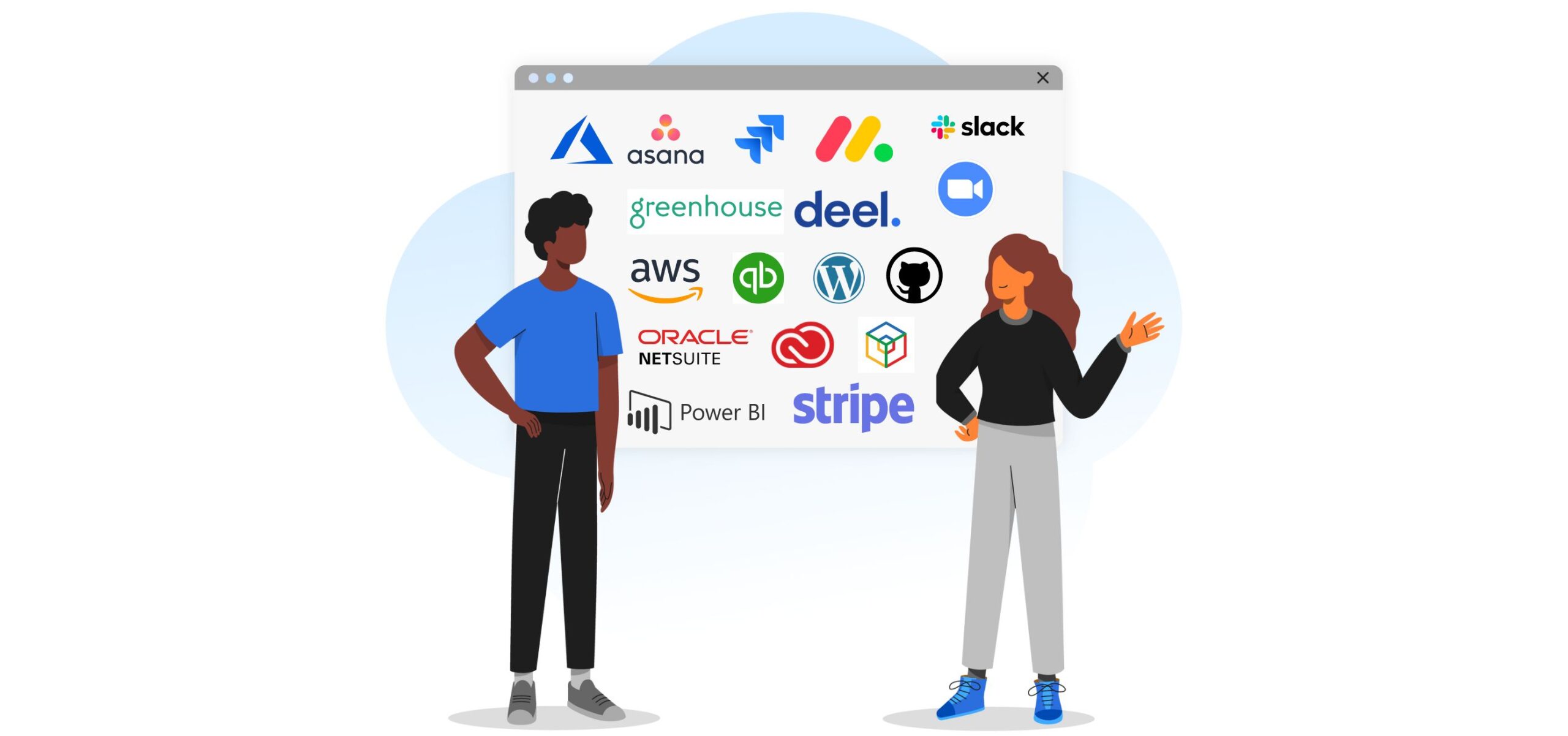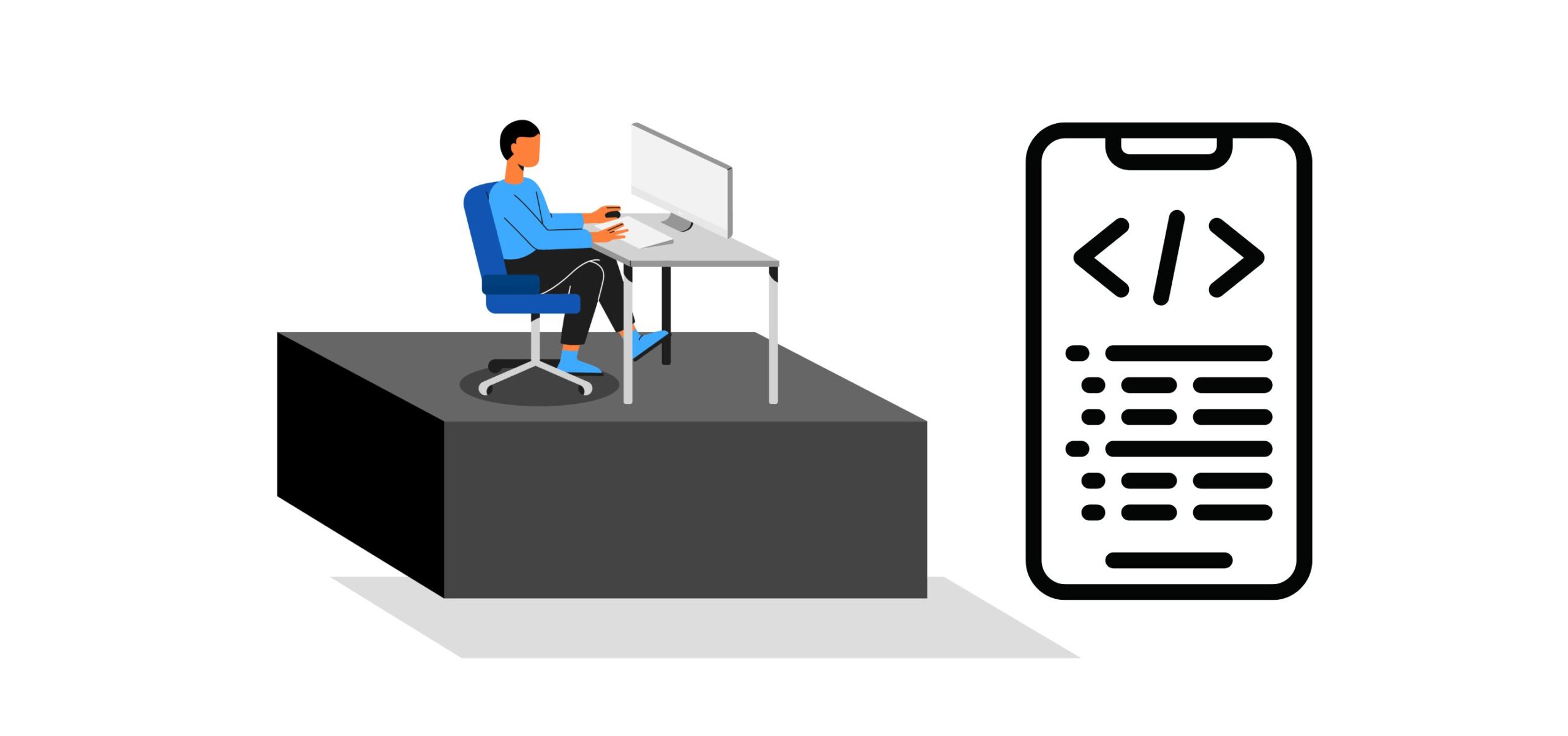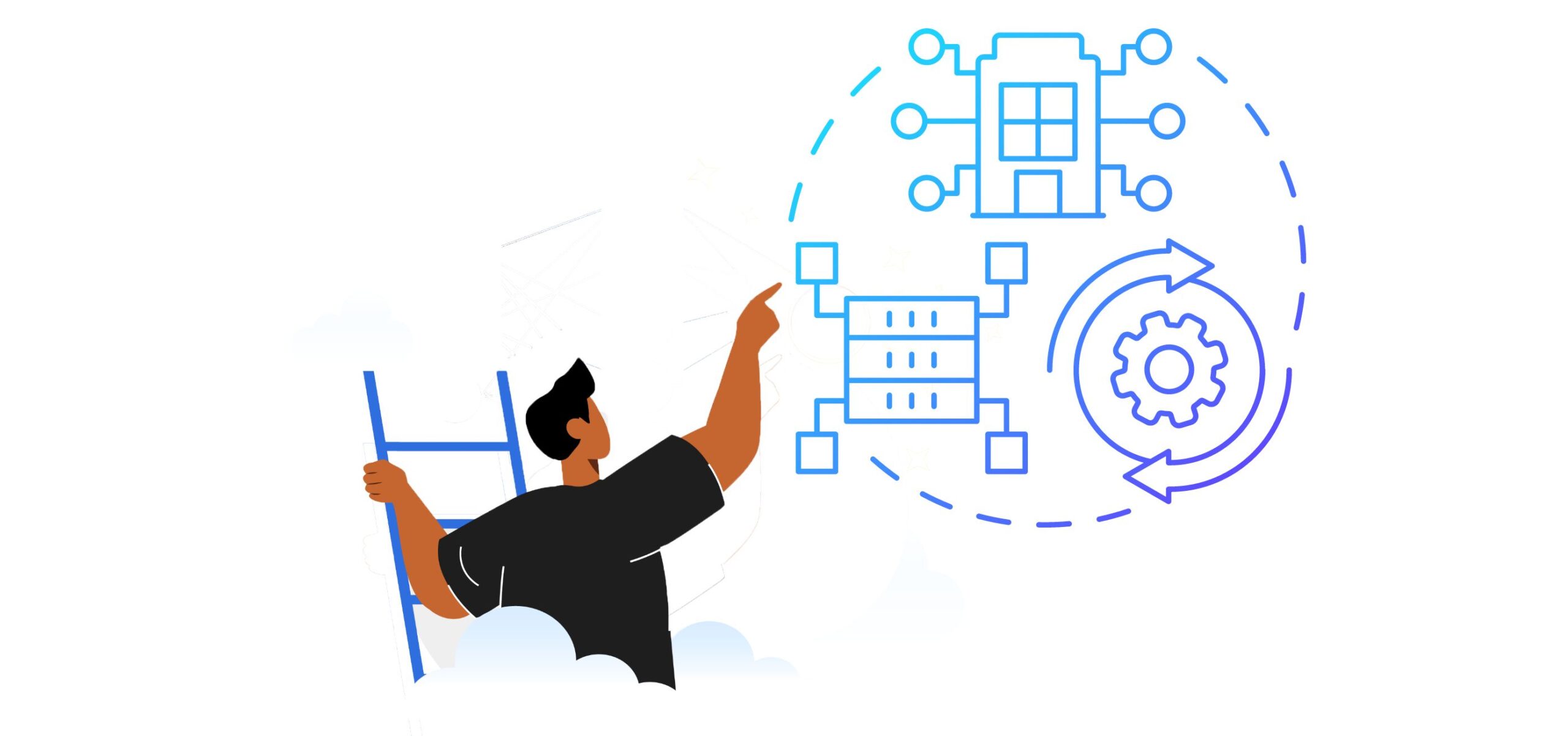You Must Know These 6 DevOps Best Practices in 2024
What do you mean by DevOps? What are some of the DevOps best practices? What are the five levels of DevOps practices?
Read more to find answers to these questions.
DevOps is a set of practices, tools, and philosophies that automates and integrates the processes between the development and operations teams to help organizations deliver value to the customers.
The DevOps approach provides an efficient, effective, and reliable software deployment process. Implementing the DevOps best practices helps a business accelerate and automate the SDLC. These practices also help development teams to create seamless processes that boost their productivity.
DevOps practices are widely used across various industries like retail, healthcare, finance, education, and technology. Here are a few more DevOps benefits:
- Delivering high-quality and reliable software efficiently.
- Better collaboration among the development, operations, and quality assessment teams.
- Better prioritization and management of work by teams.
DevOps plays a major role in the success of the development of applications, hence it becomes imperative for developers to learn DevOps. By adopting DevOps practices and tools, teams can enhance their confidence in building applications.
Six DevOps best practices
-
Embracing Agile Project Management
Why do top MNCs like Google, Microsoft, and Facebook update or release products in a few weeks while other companies take years to do the same?
The reason is agile project management. Agile project management is an iterative approach that helps software teams to enhance their development speed, increase collaboration, and to respond well to current market trends.
Agile is different from the traditional Waterfall method, where Waterfall method has long release cycles defined by sequential phases. The agile methodology uses Kanban and Scrum frameworks. According to a report, agile projects are nearly 1.5 times more successful than Waterfall projects.
Related post: Agile Software Development Lifecycle Phases Explained
Few ways to implement Agile project management- Outline the vision and scope of your project. This process should include your target customers, product details and benefits, the end goal of the project, and how you want to achieve it.
- Create a workflow that helps your team to develop an application. Divide the workflow into four stages: to do, in progress, under review, and complete.
- Have daily stand-ups with teams to discuss the progress of the work and any difficulties in executing the work.
- Break down large tasks into smaller tasks for your teams to work more efficiently and achieve your goals faster. To do the same, use tools like stories, epics, and initiatives.
-
Implement security practices into the app
Security of data should be the top priority while developing an application. As per a survey, 44 percent of organizations have experienced data breaches in their life span.
DevOps best practices: DevSecOps
Before the advent of DevOps, security was only implemented in the final stages of application development. However, in a collaborative DevOps environment, organizations realized the need for integrating security with DevOps from day one of application development.
DevSecOps was created to combat security vulnerabilities.
Few ways to implement the DevSecOps- Share feedback related to security issues.
- Automate your security processes to minimize human errors, downtime, and vulnerabilities.
- Scan for any vulnerabilities across the development, integration, and production environments.
- Train your in-house DevOps team on implementing security practices.
-
By using the right tools to build the software
Organizations must implement the right set of DevOps tools in each stage of the DevOps lifecycle to quickly build high-quality software. A DevOps lifecycle includes planning, building, continuous integration, deployment, monitoring, operating, and continuous feedback.
The DevOps toolchain enables the development and operation teams to collaborate effectively throughout the application lifecycle. You can choose to customize the toolchain as per your team’s requirements.
Related post: The Nine Steps of Software Product Development Life Cycle
Few examples of toolchains- Jira Software can help your teams segregate the work into smaller, more manageable tasks for faster deployment. By leveraging Slack, your teams can improve cross-functional collaboration, enhance productivity, streamline release cycles and solve incidents faster.
- Tools like Puppet and Chef for your operations team and Kubernetes and Docker for the developers’ team can help you set up individual development environments. You can check out this post to learn more about the importance of Kubernetes for DevOps.
- Tools like Jenkins, Bitbucket, and more can automate your code right from testing to production stages.
- You can use Bitbucket and AWS CodePipeline to provide a single dashboard integrated with your code repository and deployment tools. These tools give complete visibility of all the changes, pull requests, and deployment warnings.
- Tools like GetFeedback, Slack, or Pendo can help integrate your chat tool with the survey platforms to collect and review feedback. You can also integrate your chat tool with Facebook and Twitter to collect real-time feedback.
-
By implementing Continuous Integration/ Continuous Delivery (CI/CD)
With Continuous Integration or CI, developers integrate new codes into a shared repository several times. Whereas, Continuous Delivery or CD automates the software delivery process. CD is responsible for checking the code and ensuring the delivery of the integrated code into the production stage without any bugs or delays.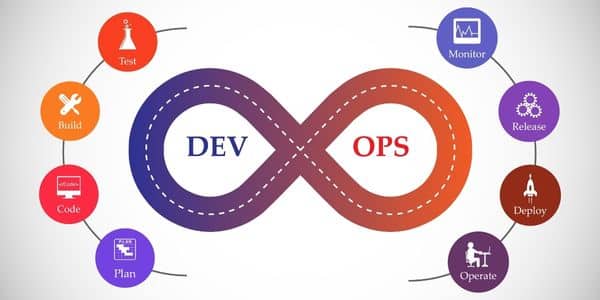
DevOps best practices: CI/CD
Setting up a CI/CD pipeline enables a business to quickly deliver the end product to customers. CI/CD tools offer certain benefits, such as helping in achieving faster feedback to check the impact and quality of the code, providing transparency to developers to analyze the problems, and helping in the early detection of bugs through automated testing. Commit, build, test, and production deployment are the four stages of CI/CD implementation.
Some of the tools for CI/CD implementation are as follows:- Jenkins offers features and interfaces that help to automate the entire software lifecycle.
- Docker creates servers and deploys the artifacts into the registry for testing. Check out this post to understand how you can use Docker to test and deploy web applications.
- Jenkins or Cruise Control to self-host your CI/CD application.
-
By establishing observability
Handling the complexities of cloud and microservice architecture is difficult. Therefore, implementing observability as DevOps best practice will help your DevOps teams to better understand the complex system of the cloud and microservices architecture.
Some ways to implement observability are as follows:- Choose a cost-effective observability platform that addresses your environment’s future needs.
- The platform you choose must be able to analyze data across multiple dimensions and provide actionable insights. The platform must enable you to develop custom metric aggregations to research and resolve performance issues faster.
- Your observability platform must be able to capture data from all the systems and components and store them in a centralized resource.
- Kubernetes observability, Splunk, Dynatrace, Honeycomb, and New Relic are some of the best observability platforms.
-
By managing code releases and deployments with feature flags and canary releases
Deployment is the process of executing the code in its final destination. The final destination can be a server, a customer, or any other platform where the code has to run. The release is a process where the end users get access to the code and features. Feature flags and canary releases are some of the DevOps best practices that help successfully deploy and release codes.
Implementing feature flags and canary releases
Implementing feature flags in codes will help developers test the feature updates before the launch and fix the issues before the release. Feature flags improve the reliability and performance of the code and provide necessary controls to update applications without disruptions to dev teams.
With feature flags, deploy the same code versions in different environments. You can implement feature flags as conditional statements within the source code. You can also set up your own conditional statements and control files to track feature flags.
Canary release is a DevOps practice that tests the impact of a new feature release without affecting your entire user base. You can release the feature to a limited number of users to check the changes made to the codes or features.
If you feel there are issues with the new feature, you can turn it off without affecting the user experience. Canary deployments can be done with the help of load balancers, AWS, Kubernetes, and more. To implement Canary deployment, you need to create two clones of the production environment and divide your user base accordingly in each of the load balancers.
Conclusion
DevOps is a continuously evolving process. DevOps is key in driving significant IT transformations that directly boost business goals and objectives.
By implementing the DevOps best practices mentioned in this post, the dev and ops team can collaborate better to accelerate the development process and improve the performance and reliability of the software.
Do you want to hire cost-effective DevOps engineers quickly without compromising on quality? Try Turing. At Turing, you can hire experienced, pre-vetted remote DevOps engineers. Also, you can now build a team of the best remote DevOps engineers in just a few days.
FAQs
- What are some of the best DevOps practices?
Top 6 DevOps best practices to improve the application performance:- Embrace Agile Project Management
- Implement security practices into the app
- Use the right tools to build the software
- Implement Continuous Integration/ Continuous Delivery (CI/CD)
- Establish observability
- Implement feature flags and canary releases
- What is the next big thing in DevOps?
DevOps is an important software development methodology. DevOps is continuously evolving to meet the changing needs of organizations. So, businesses need to watch out for the emerging trends in DevOps.
Here are some of the latest DevOps trends:- Serverless Computer
- Microservices Architecture
- Low code/Noc code applications and platforms
- DevSecOps
- Kubernetes and GitOps
- AI and ML
Tell us the skills you need and we'll find the best developer for you in days, not weeks.
